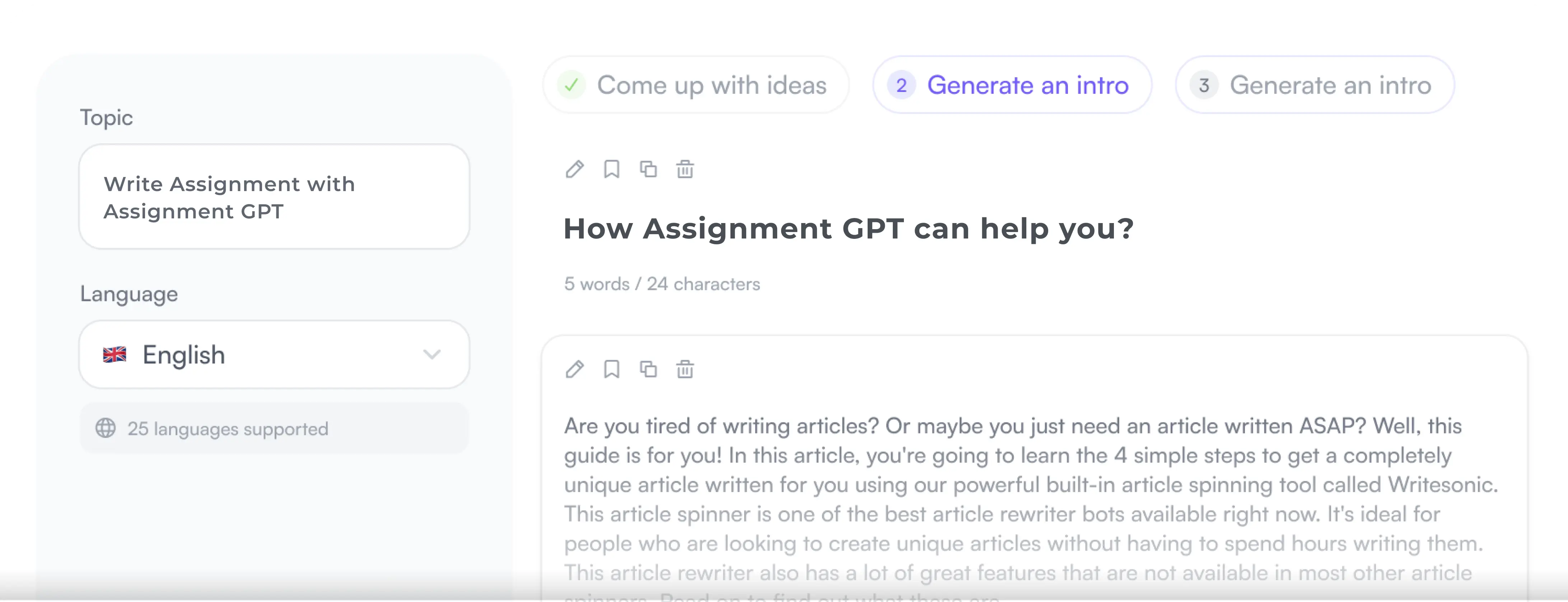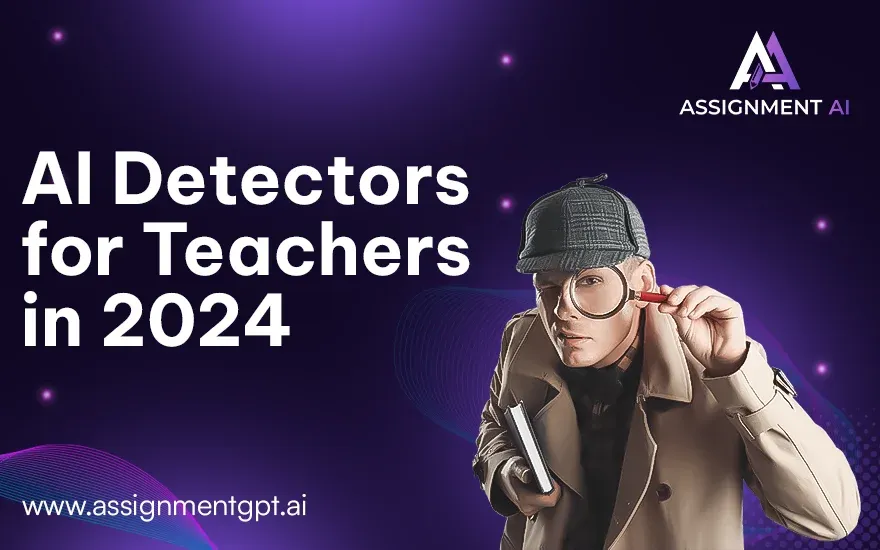AssignmentGPT Blogs
The digital age has changed how we create and consume content, introducing AI detectors to combat plagiarism and content authenticity. Specifically designed to meet the needs of teachers, AI detectors for teachers provide a solution to ensure the authenticity of learning work.
This article will explore how these detectors work, what AI detectors teachers use, and important factors to consider in 2024 when choosing the best AI detection tool.
Quick Summary
The article provides an exhaustive guide to AI tools for teachers in 2024. It delves into the workings of these tools, factors to consider when choosing one, and reviews the best options available. From Winston AI to Turnitin, it offers insights into features, limitations, and user ratings.
Human the First AI Detection Tool
The first step in introducing AI is to establish reflective thinking about classrooms and activities. By integrating writing activities into the classroom, teachers have early access to their students’ writing. Teachers may want to make a list of specific strengths and weaknesses. Then, if a student enters typed work that doesn't match their handwriting, their teacher will notice, which is one approach to how to tell if AI wrote an essay.
Another way to analyze AI-generated texts is to choose lesser-known contemporary learning materials. If the curriculum is about Shakespeare, you might ask your students to compare the canon to a text they know little about. (ChatGPT may have trouble with this.) You can also set other restrictions to make it harder for the dialog box to jump over. For example, include a personal reflection piece.
How Do AI Detectors Work?
AI advertisers rely on as many principles and technologies as AI content creation, which explains how AI content detection works. Machine Learning (ML) and Natural Language Processing (NLP) are among the most important, as they enable a search tool to process input and distinguish AI-generated content from human-generated content written oaths
While this can be done in a variety of ways, these four methods are particularly common for AI object recognition tools.
1. Classifiers
As the name suggests, a classifier is an ML model that organizes the given data into pre-defined classes. It often relies on training circuits, which means it learns from text samples already written by humans or AIs.
The classifier can also use unlabeled data, in which case it is referred to as unsupervised.
Such models detect patterns and structures automatically, which means less resources because less labeled data is required.
2. Embeddings
Embedding is used to represent words or phrases as vectors in high-dimensional space. At first glance, this may seem very cryptic, though it’s easy to understand if you understand the two concepts:
- Vector representation-Based on its meaning and usage in the language, each word is represented and mapped to a specific location.
- Semantic connection- Words that are similar in meaning are placed in close proximity to form semantic connections.
Vectorization is very important because AI models do not understand the semantics of words, so they must be converted to numbers and represented as explained above.
3. Perplexity
The lie is how surprised (confused) the AI model is when faced with new information.
Think of it as a litmus test of the "humanity" of the data.
If the choice of language surprises the AI model, it means that the text is deviating from something.
With this in mind, an AI detector that relies on confusion can classify predictable events as caused by AI.
If a given text is highly confusing, it is likely to have been written by a human.
Nowadays, a great deal of confusion doesn’t always come from a more natural choice of language.
Anything that looks out of place will trigger it, so confusion may not be the most accurate way to detect AI due to false positives, which is why understanding AI detection score meaning is important.
4. Burstiness
Explosions are like confusion, though they focus on whole sentences rather than specific words.
It measures all variations in sentence structure, length, and complexity, as these features can differ substantially between AI-generated and human-authored text
AI generators tend to give more monotonous readouts without explosions.
Certain words or phrases are also frequently repeated because they have been observed to appear frequently in the training material. All of this results in uniform sentences without much creativity or complexity, so the content of the AI tool seems very dry.
Humans, on the other hand, are generally far more dynamic.
You will find a balance of short and long sentences with structures and complexity, which contributes to a great explosion.
Read also this article : Best AI Tools for Teachers in 2024
Criteria for Selecting An AI Detector
In addition, choosing the right AI detector is also important. The following should be considered when choosing an AI detector.
1. Track Record
Look for a proven track record of accurately identifying types of stolen goods.
2. False Positive and False Negative Rates
Find the number of false positives (erroneously attributing human factors to AI) and false negatives (failure to identify AI-caused factors). A balance between these quantities is necessary to obtain reliable results. The combined effect of false positive and false negative rates is reflected in the accuracy of the AI detector.
3. Flexibility and Versatility
Check if the detector can handle different file types and languages.
Best Free AI Detectors for Teachers in 2024 Compared
Discover top free AI detectors for teachers, designed to identify AI-generated content, ensuring academic integrity and enhancing classroom assessments effortlessly.
| AI Tool | Passed AI with Accuracy | False Negative Error Count | Why Teachers Like It? | Limitations |
|---|---|---|---|---|
| AssignmentGPT AI | High | Low | Seamless integration with LMS | Limited language support, Requires internet connection |
| Winston AI | High | Low | User-friendly interface, Accurate | Limited language support, Expensive subscription plans |
| Copyleaks | High | Low | Extensive database, Real-time scanning | Limited free version, Subscription-based pricing |
| Content at Scale | Moderate | Moderate | Customizable settings, Bulk scanning | Less accurate for complex writing styles, Limited integrations |
| AI Detector Pro | High | Low | Easy integration, Fast results | Expensive for individual users, Limited language support |
| Scribbr | High | Low | Reliable plagiarism detection | Limited to academic content, Can be slow for large documents |
| GPTZero | Moderate | Moderate | High-quality results, Continuous learning | Limited to specific use cases, Expensive to train |
| Crossplag | High | Low | Advanced algorithms, Accurate results | Limited language support, Expensive pricing for institutions |
| Turnitin | High | Low | Integrated feedback features, Extensive database | Expensive for institutions, Limited to academic content |
Best AI Detection Tools for Teachers
1. AssignmentGPT AI
AssignmentGPT AI is an AI-powered writing assistant designed to help students, blog writers, and teachers with their writing needs.

How does it detect AI content?
AssignmentGPT AI uses machine learning algorithms and natural language processing techniques to analyze a given text and calculates a score that indicates the likelihood that the text is AI-generated compared to the original This score does not necessarily reflect the content is 80% AI, but 80 as AI-produced text % is the probability.
Why do teachers like it?
Teachers appreciate AssignmentGPT AI because it helps them maintain academic integrity in the classroom. By using this tool, educators can ensure that students are not using AI to generate their work and can take appropriate action if necessary, understanding why AI content detection matters for education. Additionally, teachers can use the tool to verify the authenticity of lesson plans and materials from outside sources.
Limitation
- One major limitation of AssignmentGPT AI is that it is not 100% accurate.
- The tool often lacks context, making it difficult to fully understand the content it generates.
Rating
- Trustpilot : 4.7/5
2. Winston AI
Winston AI was designed specifically for teachers. The main advantage of this tool is that it has a very clear description of what was learned and how a paper can be submitted. Fast, intuitive, and effective. The visual character recognition technology built into the Winston AI is a handy feature for teachers who want to view students’ handwritten work.
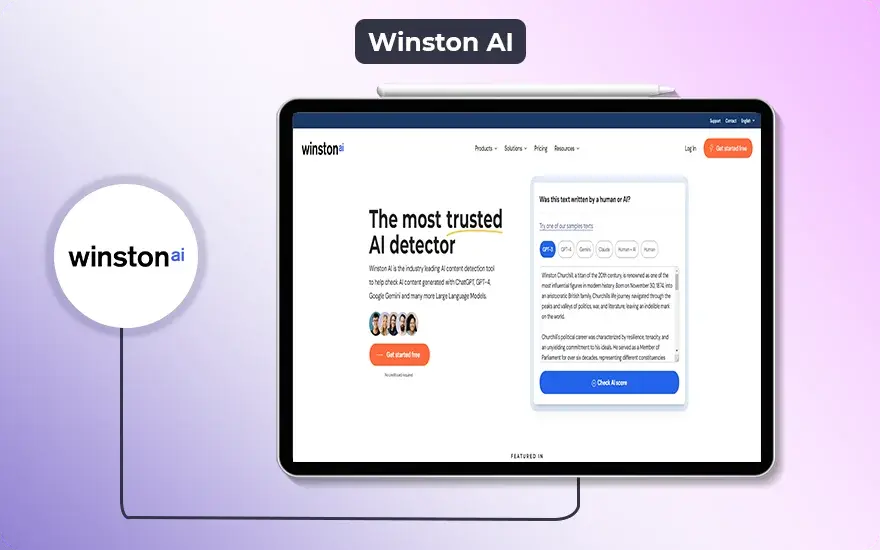
How does it detect AI content?
Winston AI uses a opposite engineering technique which entails the use of NLP and machine studying to pick out patterns of textual content that usually occur in AI-generated texts. As such, it can identify content material generated with ChatGPT, Bard, Bing Chat, Claude, and plenty of extra Large Language Models or AI chatbots.
Why do teachers like it?
The tool is quite accurate and designed for teachers. It comes with clear descriptions, reports, plagiarism detectors, and packaging. Plus, it’s quick and easy to use. Winston AI also uses OCR (Optical Character Recognition) technology which makes it super convenient for teachers who want to view manuscript submissions!
Limitation
- The free is limited to 2000 words or credits.
- You need to create an account.
- The plagiarism detection feature is not included in the free version.
- Lack of URL scanning.
- Only English and French are currently supported.
Rating
- Crowdin: 4.5/5
3. Copyleaks
Copyleaks use artificial intelligence and comparison techniques to detect plagiarism. It analyzes submitted documents to scan more than 100 billion websites and academic documentation databases to identify patterns of matches. Copyleaks offers different scanning modes such as deep search and ultra-fast modes to optimize the search process.
The results are presented in a comprehensive report providing detailed explanations and evidence of theft.
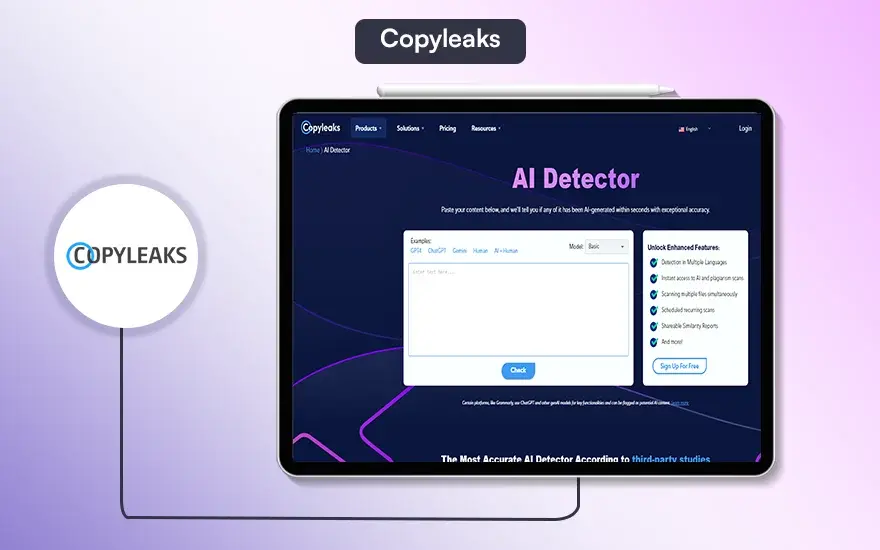
How does it detect AI content?
CopyLeaks uses a variety of technologies for content analysis and contextual reading, such as translation algorithms and method measurement. These tools scrutinize text for patterns commonly found in AI-generated content, such as the use of different language and sentence structures that sound too common
Why do teachers like it?
Teachers love CopyLeaks because it has a huge database of course papers and web content. This ensures that all student work goes through a thorough review process. Many LMS systems such as Canvas and Blackboard can be accessed, making it a useful tool for schools.
Limitation
- Its more complicated interface may be a hindrance for those with less technical background
- Because of its great simplicity, the detection methods used by the software can sometimes misinterpret challenging student work as AI-induced.
- Set limits on daily use
- The Plagiarism Detector is not free
Rating
- Software Advice: 4.5/5
4. Content at Scale
Content at Scale tool is very accurate and fast with AI-powered features, demonstrating benefits of using AI content detectors. It wraps every sentence and can tell what is caused by AI and what is not. While it requires users to sign up for a free account, it’s worth the effort because of its reliability.
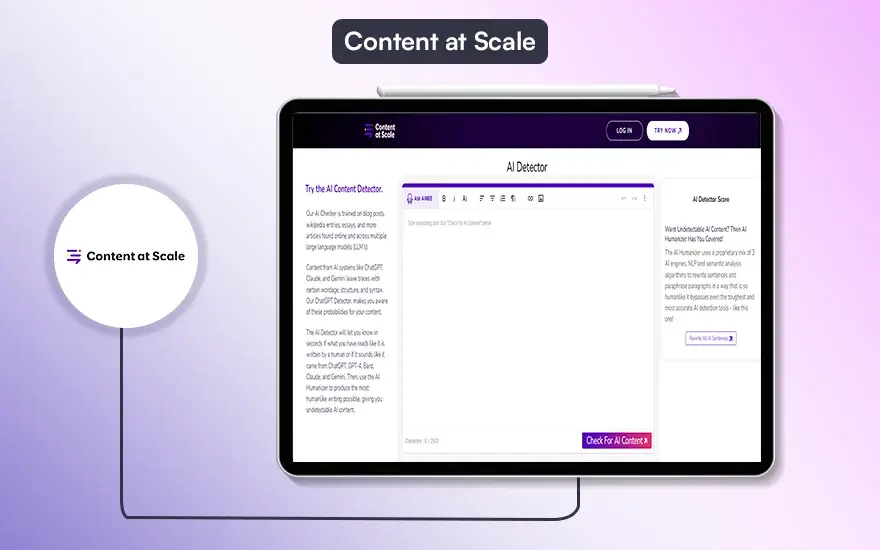
How does it detect AI content?
The AI Detector will inform you right away if what you've got sounds like it changed into written with the aid of ChatGPT, GPT-4, Bard, Claude, or Gemini or if a person wrote it. Then, an AI Humanizer may be used to make the writing appearance as similar to human writing as viable. This will come up with AI content material which could’t be observed.
Why do teachers like it?
The Content at Scale website is a great place for teachers who need to write a lot. It can seamlessly integrate with other learning tools to improve its functionality. Its versatile control capabilities make it ideal for large classes or departments.
Additionally, teachers appreciate the ease of use. The website’s comprehensive reporting system identifies errors and helps teachers understand where errors occurred and how to fix them.
Limitation
- Not only teachers but also students can use these tools to humanize AI content.
- It can’t work well with cards that mimic the flaws of human nature or use advanced clothing to hide AI origins.
Rating
- Capterra: 4/5
5. AI Detector Pro
AI Detector Pro sticks out for its precision and depth in analysing texts for AI-generated content material the usage of superior AI technology, utilizing methods similar to how to detect AI writing.

How does it detect AI content?
This software program is designed to perceive synthetic intelligence (AI) factors in written text, including syntax, structure, and procedures. With more advanced algorithms, this system can reap greater consistency and accuracy, making it less complicated to discover AI.
AI Detector Pro uses deep gaining knowledge of algorithms and stylometric evaluation to assess a textual content’s writing style, language use, and sentence structure.
Why do teachers like it?
AI Detector Pro provides comprehensive reports highlighting AI-generated information.
Additionally, the AI Eraser feature enables users to edit AI-generated text using AI-provided suggested steps. Teachers can use this tool to provide better support to their students by providing suggestions and feedback. AI Detector Pro can also scan website URLs, and the paid version offers a refund option.
Limitation
- AI can skip information from lighter contexts, where contextual analysis is less reliant on it
- Not a stolen property manager
- Limited usage on free plan
- They must be registered
Rating
- ChatAI: 5/5
Are you a teacher looking to enhance your classroom with cutting-edge AI detection tools? Try AssignmentGPT AI today and experience the future of education.
6. Scribbr
Scibbr is recognized for its effectiveness in both plagiarism and AI-generated content recognition. It uses a mixture of text analysis and pattern recognition to identify potential AI-induced text.
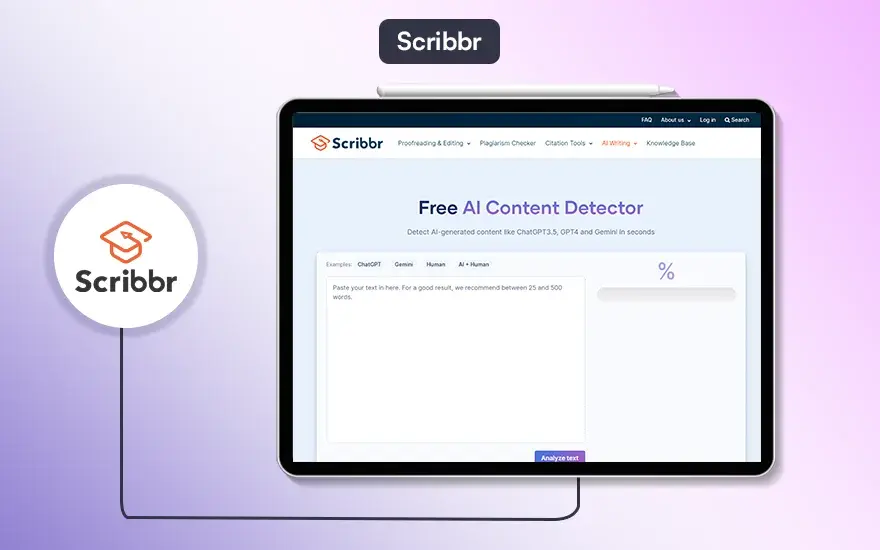
How does it detect AI content?
Scribbr uses less complex algorithms based primarily on keyword and phrase matching rather than stylistic analysis. It identifies plagiarism by analyzing submitted data against academic papers and online databases, but lacks advanced NLP capabilities to uncover deeper AI data
Why do teachers like it?
Teachers value Scibbr’s simplicity and dual-purpose format, making it a useful tool for learning environments. Its ability to recognize both written and AI-generated content simplifies teachers’ authentication process.
Teachers find Scibbr useful for direct plagiarism checks, especially useful in high school and early college settings. Optimized for a simple interface and straightforward reporting that clearly highlights mail content.
Limitation
- Its role may be reduced when analyzing highly edited art or text, where standard models do not use it and AI features may not be as obvious
- Only 500 words at a time for the free plan.
- Lack of detailed explanation
Rating
- Capterra: 4.5/5
7. GPTZero
GPTZero claims to be the best and most reliable AI detector tool ever developed. The computer science graduate from Princeton University developed the tool to identify bots like ChatGPT, but can also search for AI effects at sentence, paragraph and document representations is free for users and promising to interpret the results for you with clear explanations of findings (as opposed to statistics alone).
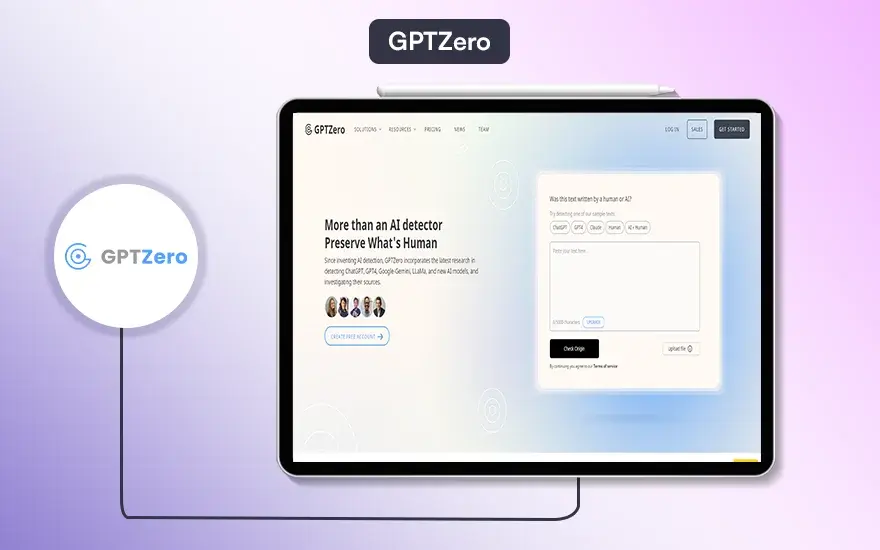
How does it detect AI content?
GPTZero relies on entropy values and confusion & Burstiness measures to determine the likelihood of writing coming to the AI. If a text exhibits high levels of confusion and low entropy, it indicates AI involvement because it shows that word processing is less random and predictable compared to human texts
Why do teachers like it?
Teachers love GPTZero because of its intuitive approach and clear reporting, which not only embodies AI-generated content and explains meaning in simple terms. Additionally, GPTZero is easy to use and requires no registration.
Limitation
- Lack of clear explanations for teachers
- Below-average accuracy
- No plagiarism checker
Rating
- Capterra: 3/5
8. Crossplag
Crossplag portrays itself as a holistic tool that can “democratize plagiarism testing” through competitive pricing. In fact, the service for teachers promises “usage-based pricing starting at $1 per user per year”. Texts are evaluated and scored using confidence percentages, estimating the likelihood that the text was generated by an AI.
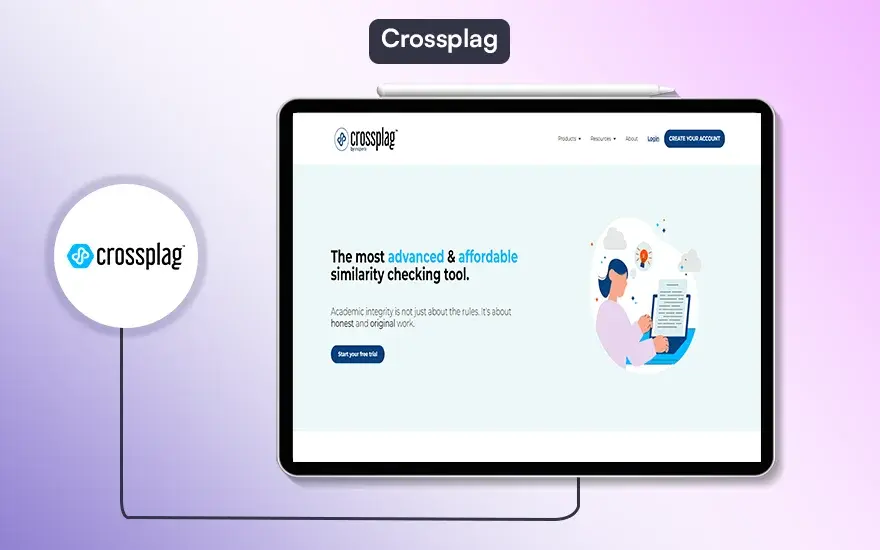
How does it detect AI content?
Crossplag explores AI content through advanced algorithms and machine learning. It uses natural language processing (NLP) to analyze text structure and linguistic nuances, stylistic analysis to analyze writing styles, compare text to AI model output databases and additionally cross-references massive databases for viewing that the contents are original.
Why do teachers like it?
Educators praise Crossplag for maintaining academic integrity by recognizing AI-generated content, saving time through automated recognition, providing more accurate results and encouraging students to do original work, thus supporting them learning and their development
Limitation
- False Positives/Negatives: May occasionally misclassify human-written or AI content.
- Adaptation: Requires continuous updates to stay effective against new AI models.
- Context Sensitivity: Struggles with context-specific content where AI and human styles overlap.
- Resource Intensive: Comprehensive checks can impact performance on large text volumes.
9. Turnitin
Turnitin is a widely used plagiarism detector designed specifically for educational institutions. It has an extensive database of academic papers, websites, and student submissions, enabling it to better scan submitted documents for potential plagiarism The original report, created by Turnitin, highlights areas of concern and assigns similarity scores for to show where the content fits.

How does it detect AI content?
Turnitin’s AI plagiarism checker is trained to recognize content from GPT-3 and GPT-3.5 language models, including ChatGPT. Our detector can usually detect a project copied from GPT-4 (ChatGPT Plus) due to its texture style similar to previous model versions. We are currently working on extending our model to better identify issues in other AI language models.
Why do teachers like it?
Turnitin is lauded for its extensive database and in-depth reporting that gives us great insight into original submissions by students. Additionally, it integrates seamlessly with Blackboard and other Learning Management Systems (LMS), so instructors can work in an environment they already know.
Limitation
- Turnitin's ability to detect AI is sometimes limited by the similarity of AI-generated text to high-quality human authors, especially in advanced academic or technical papers.
Rating
- Apple: 1.5/5
10. Passed AI
Passed AI is a tool designed to identify artificial intelligence (AI)-generated content, specifically to help teachers identify AI-generated content in student presentations. Here's an overview of how it works, why teachers love it, its shortcomings, and general research.
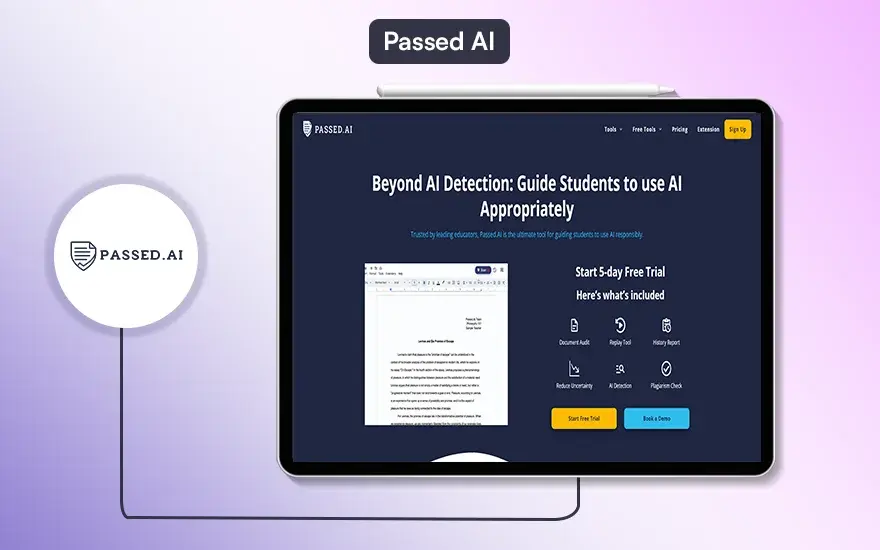
How does it detect AI content?
Passed AI examines the impact of AI by combining advanced methods. It analyzes text for specific information generated by AI, focusing on specific grammatical structures, word choices, and styles that distinguish it from human writing It uses trained AI models to classify it the tool Compares large datasets known to be AI-generated and human-generated text Uses statistical techniques to identify common features in the generated text, such as unnatural repetitive sentences inside or full sentence length Uses machine learning to further improve insights, new AI text designed and written by humans. Learning from examples increases accuracy and reliability over time.
Why do teachers like it?
Passed AI helps maintain academic integrity by detecting potential plagiarism and ensuring that students submit original work. It saves teachers’ time by identifying AI early, impacting student grades based on skills and promotes the fairness and instruction that AI can provide Teachers appreciate how transformational technological advances are, and resources are used to drive instruction in other challenges effectively enables you to work.
Limitation
- False Positives: May misidentify human-written content as AI-generated, causing issues for genuine submissions.
- False Negatives: Sophisticated AI content might evade detection.
- Context Sensitivity: Struggles with context-specific content affecting writing style.
- Evolving AI: Requires continuous updates to keep up with improving AI writing tools.
Rating
- Techjockey: 5/5
Conclusion
In 2024, AI-driven tools are needed to maintain educational integrity, utilizing best AI content detection tools for comprehensive analysis. From Winston AI to CopyLeaks and Turnitin, there are plenty of best AI detectors for teachers. Before you decide, consider your specific desire for your classroom, exactly where you need to write, and the limitations of the equipment. With the right AI identification tool, educators can confidently identify issues in AI, combat plagiarism, and support educational integrity requirements through comprehensive detection methods.
FAQs
1. What is the importance of an awesome AI detector for instructors 2024?
2. How does an AI discovery tool work?
3. What factors ought instructors not neglect while deciding on an AI detection device?
4. Is the AI detection tool accurate?
5. Can AI detection tools be used for purposes apart from plagiarism detection?
Content writer at @AssignmentGPT
Rashi Vashisth is a content writer who helps brands put their thoughts into words. She creates blogs, website content, and brand stories that are easy to understand and feel genuine. Her writing style focuses on keeping things clear and making sure the message connects with the right people.
Master AI with
AssignmentGPT!
Get exclusive access to insider AI stories, tips and tricks. Sign up to the newsletter and be in the know!
Transform Your Studies with the Power of AssignmentGPT
Empower your academic pursuits with tools to enhance your learning speed and optimize your productivity, enabling you to excel in your studies with greater ease.
Start Your Free Trial ➤Start your success story with Assignment GPT! 🌟 Let's soar! 🚀
Step into the future of writing with our AI-powered platform. Start your free trial today and revolutionize your productivity, saving over 20 hours weekly.
Try For FREE ➤